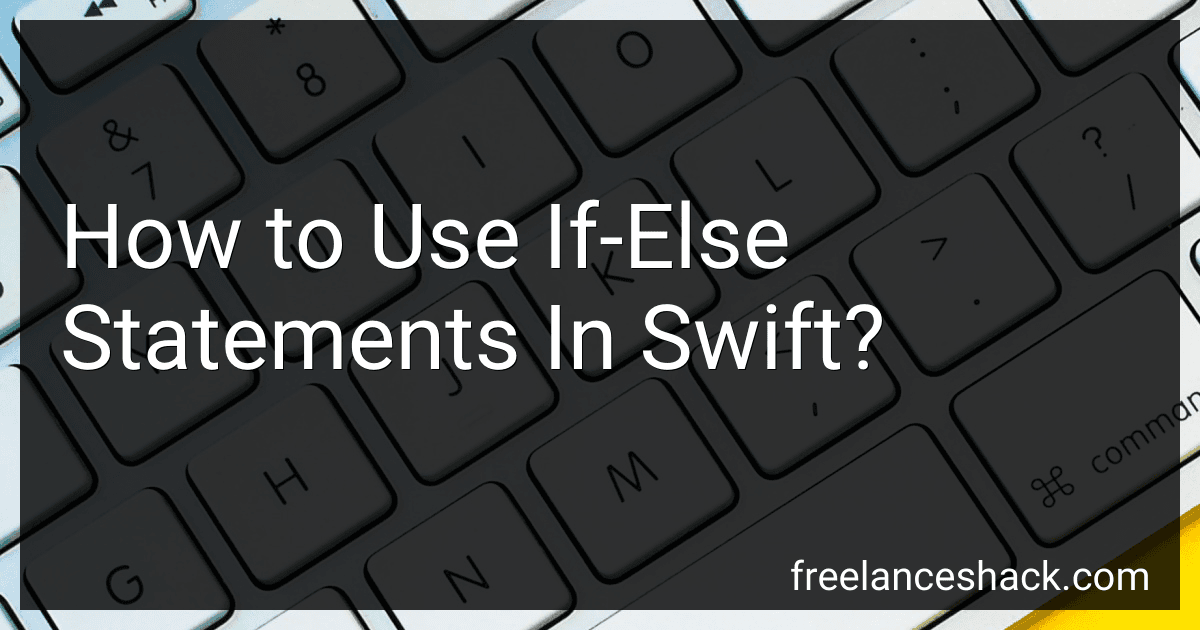Best Swift Programming Guides to Buy in November 2025
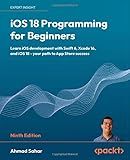
iOS 18 Programming for Beginners: Learn iOS development with Swift 6, Xcode 16, and iOS 18 - your path to App Store success


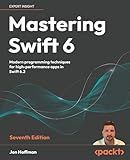
Mastering Swift 6: Modern programming techniques for high-performance apps in Swift 6.2


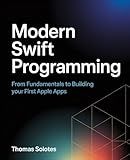
Modern Swift Programming: From Fundamentals to Building Your First Apple Apps


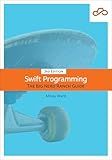
Swift Programming: The Big Nerd Ranch Guide


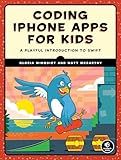
Coding iPhone Apps for Kids: A Playful Introduction to Swift


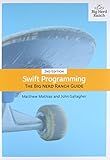
Swift Programming: The Big Nerd Ranch Guide (Big Nerd Ranch Guides)


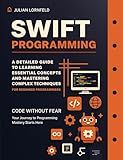
Swift Programming: A Detailed Guide to Learning Essential Concepts and Mastering Advanced Techniques


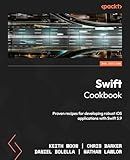
Swift Cookbook: Proven recipes for developing robust iOS applications with Swift 5.9


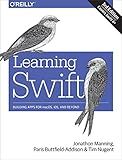
Learning Swift: Building Apps for macOS, iOS, and Beyond


In Swift, the if-else statement is used to control the flow of program execution based on specific conditions. It allows you to execute code blocks selectively, depending on whether a certain condition is true or false.
The basic syntax of an if-else statement in Swift is as follows:
if condition { // code to be executed if condition is true } else { // code to be executed if condition is false }
Here, the condition can be any expression that evaluates to a Boolean value (true or false). If the condition is true, the code block inside the braces following if is executed. If the condition is false, the code block inside the braces following else is executed.
You can also use multiple else if statements to check for additional conditions:
if condition1 { // code to be executed if condition1 is true } else if condition2 { // code to be executed if condition1 is false and condition2 is true } else { // code to be executed if both condition1 and condition2 are false }
It's important to note that the else block is optional and can be omitted if not needed.
You can also use the if-else statement in nested form, where one if-else statement can be present inside another. This allows you to check for multiple conditions and execute corresponding code blocks accordingly.
if condition1 { // code block 1 if condition2 { // code block 2 } else { // code block 3 } } else { // code block 4 }
In this example, if condition1 is true, then code block 1 is executed. Within code block 1, if condition2 is true, code block 2 is executed; otherwise, code block 3 is executed. If condition1 is false, code block 4 is executed.
The if-else statement allows you to create flexible and dynamic code execution based on different conditions in your Swift program.
What is the significance of short-circuit evaluation in if-else statements?
Short-circuit evaluation in if-else statements is significant for performance optimization and avoiding unnecessary computations.
In an if-else statement, short-circuit evaluation means that the evaluation of the conditions stops as soon as the final outcome is determined, without evaluating the remaining conditions. This happens because the logical operators (&& and ||) used in the conditions allow the program to determine the final outcome without evaluating all the conditions.
For example, in an if statement with multiple conditions connected by the logical AND operator (&&), if the first condition is false, the program knows that the overall result will be false, so it doesn't need to evaluate the rest of the conditions. This can save execution time and improve efficiency, especially when conditions involve complex or time-consuming computations.
Similarly, in an if-else statement with multiple conditions connected by the logical OR operator (||), if the first condition is true, the program knows that the overall result will be true, so it doesn't need to evaluate the remaining conditions. This can be useful for avoiding unnecessary computations or function calls that may have side-effects.
Overall, short-circuit evaluation helps optimize the execution of if-else statements by reducing the number of evaluations and improving performance, especially when dealing with complex conditions or computationally expensive operations.
What is the syntax for comparing values in an if statement?
The syntax for comparing values in an if statement depends on the programming language you are using. Here are some common comparison operators used in different languages:
- Equal to (==): Compares if two values are equal. Example: if (x == 5) { }
- Not equal to (!=): Compares if two values are not equal. Example: if (x != 5) { }
- Greater than (>): Compares if the value on the left is greater than the value on the right. Example: if (x > 5) { }
- Greater than or equal to (>=): Compares if the value on the left is greater than or equal to the value on the right. Example: if (x >= 5) { }
- Less than (<): Compares if the value on the left is less than the value on the right. Example: if (x < 5) { }
- Less than or equal to (<=): Compares if the value on the left is less than or equal to the value on the right. Example: if (x <= 5) { }
- And (&&): Checks if both conditions are true. Example: if (x > 5 && x < 10) { }
- Or (||): Checks if at least one condition is true. Example: if (x > 5 || x < 10) { }
Note that the specific syntax may vary slightly depending on the programming language you are using, so it's always a good idea to consult the documentation or reference guide for your chosen programming language for accurate information.
How to use the else clause in an if-else statement in Swift?
The else clause is used in an if-else statement in Swift to execute a block of code when the condition in the if statement is false. Here is how you can use the else clause in an if-else statement in Swift:
let number = 5
if number > 10 { print("The number is greater than 10") } else { print("The number is less than or equal to 10") }
In this example, if the value of number is greater than 10, the first block of code will be executed and "The number is greater than 10" will be printed. If the value of number is less than or equal to 10, the code inside the else block will be executed and "The number is less than or equal to 10" will be printed.
